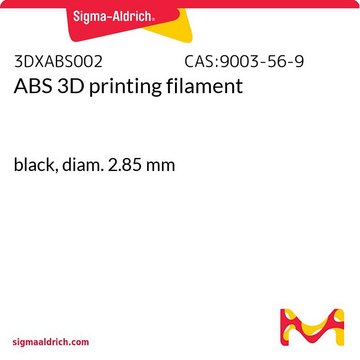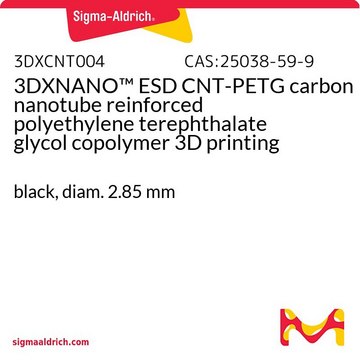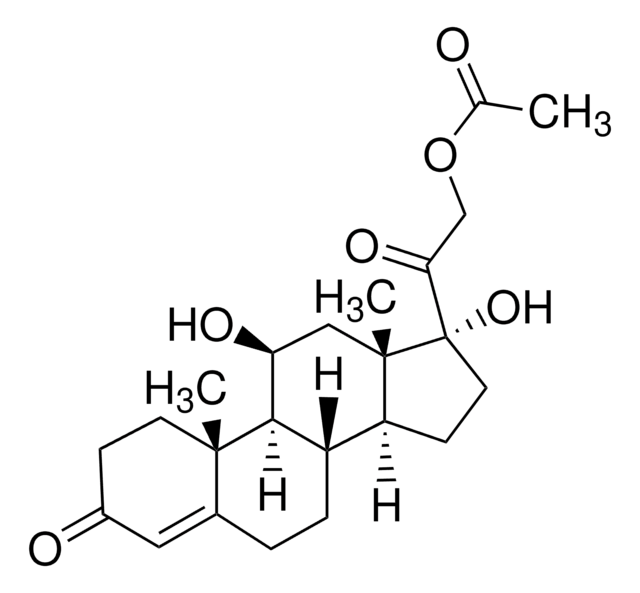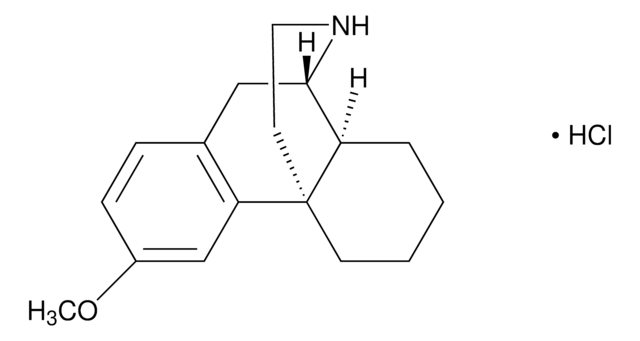3DXCNT002
3DXNANO™ ESD CNT-ABS carbon nanotube reinforced ABS 3D printing filament
black, diam. 2.85 mm
About This Item
Recommended Products
greener alternative product characteristics
Design for Energy Efficiency
Learn more about the Principles of Green Chemistry.
sustainability
Greener Alternative Product
diam.
2.85 mm
weight
1 kgper each reel
color
black
greener alternative category
InChI
1S/C8H8.C4H6.C3H3N/c1-2-8-6-4-3-5-7-8;1-3-4-2;1-2-3-4/h2-7H,1H2;3-4H,1-2H2;2H,1H2
InChI key
XECAHXYUAAWDEL-UHFFFAOYSA-N
Looking for similar products? Visit Product Comparison Guide
General description
Benefits of CNTs include:
- Consistent surface resistivity
- low additive loading rates
- improved retention of impact & elongation\
- low particulate contamination
- minimal cntribution to outgassing and ionic contamination
Application
- Semi-con: HDD Components; Wafer Handling; Jigs;Casings; & Connectors
- Industiral: Converying;Metering; and Sensing applications
Preparation Note
- Extruder: 245- 255 °C (Desktop printers). 3DXNano™ ESD ABS is a filled product and has a higher melt viscosity vs. unfilled ABS. Therefore; it is sometimes necessary to print at higher temperatures to allow the resin to flow properly.
- Note for Stratasys users: This product works very well in a wide variety of Stratasys printers, assuming you′ve ifgured out a work-around on the chip issue. The STratasys extruder setting of 300 °C is a n artifact of how and where they place the thermocouples. ABS doe snot process at 300 °C in the "real work".
- Bed Temp: 100-110 °C
- Bed Prep: Kapton Tape; ABS/Acetone Slurry.
Legal Information
Storage Class Code
13 - Non Combustible Solids
WGK
WGK 3
Flash Point(F)
Not applicable
Flash Point(C)
Not applicable
Choose from one of the most recent versions:
Certificates of Analysis (COA)
It looks like we've run into a problem, but you can still download Certificates of Analysis from our Documents section.
If you need assistance, please contact Customer Support.
Already Own This Product?
Find documentation for the products that you have recently purchased in the Document Library.
Articles
3D printing is a type of additive manufacturing that can be used to rapidly fabricate components with highly customizable geometries.
Three-dimensional printing technology applications range from personal tools to aerospace equipment.
Our team of scientists has experience in all areas of research including Life Science, Material Science, Chemical Synthesis, Chromatography, Analytical and many others.
Contact Technical Service








